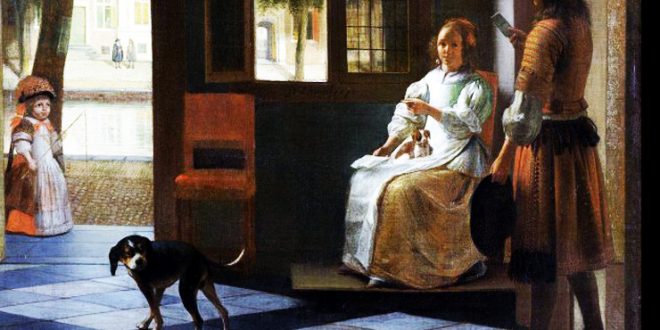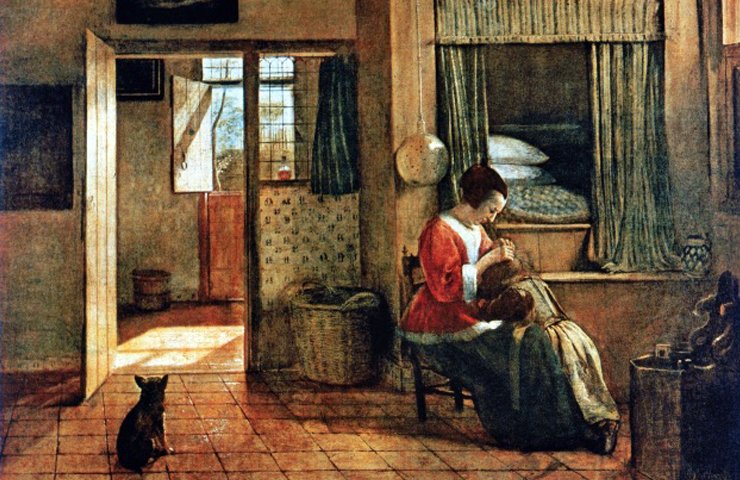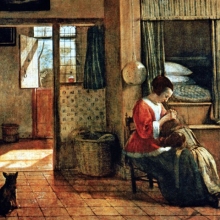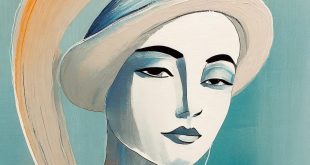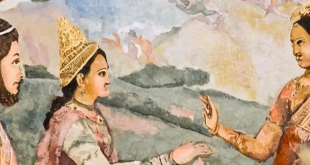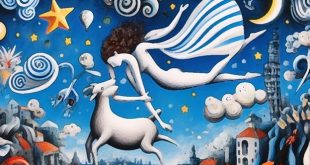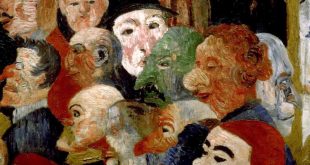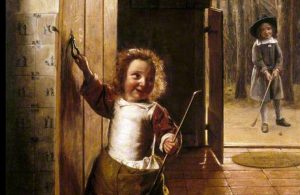 ADDING EMPHASIS TO ELABORATION OF DECORATION AND COSTUMES
ADDING EMPHASIS TO ELABORATION OF DECORATION AND COSTUMES
PIETER DE HOOCH 1/3 – was born in Rotterdam in 1629, at the age of sixteen studied painting under the guidance of a master, who had just returned from a stay in Italy. Growing up, his career took place between the Hague, Amsterdam and Delft, where he painted scenes of family life, patriotic compositions and single portraits. As you can see, the style of Vermeer and the use of Rembrandt’s light (with scenes from everyday life) contribute to portraying with this painter the Dutch society of the seventeenth century. His figures lack three-dimensionality and the faces he painted are unaffected (weak in form and characterization). “The empty glass” (1652), an example of Dutch golden age painting, is now in the collection of the Boijmans Van Beuningen Museum, Rotterdam http://www.boijmans.nl/en/#FjrmZZeOQJKATc1T.97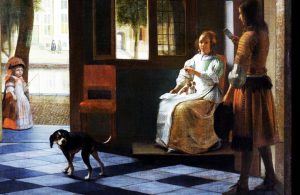
PIETER DE HOOCH 2/3 – His first works were mostly crowded scenes of soldiers’ activities in their free time. His best creative period was between 1655 and 1662, during which he completed his masterpieces, sparkling intimate feelings within four walls. In 1658, he painted one of his colored jewels: “Courtyard of a Delft House”. In 1662 in Amsterdam he found an artistic taste of classical allegorical manieristic trends, which dragged him to pictorial virtuosity. “Woman drinking, with two men and a servet” (painting from 1658), is visible at the National Gallery in London https://www.nationalgallery.org.uk/
PIETER DE HOOCH 3/3 – Thanks to a commercially appreciated phrase of a man, who had seen a painting “Man who sends a letter to a woman, in the entrance to the house”, kept at the Rijksmuseum in Amsterdam in 2016, https://www.rijksmuseum.nl/?lang=EN&gclid=CJmQ36ju9tQCFc8K0wod6JcLww, made by De Hooch in 1670, he became famous. His paintings are precious, both for the vision of serenity and the order of life they represent, and for their quality of abstract organization. His last date inscribed on a painting was 1684, but facts how long has he lived after and where he died, are unknown.
The intellectual property of the images that appear in this blog correspond to their authors. The sole purpose of this site, is to spread the knowledge of these artists and that other people enjoy their works. To persue this issue, you can digit: http://meetingbenches.com/2017/07/many-kinds-dutch-creativity/
 Meeting Benches World art in all forms
Meeting Benches World art in all forms
